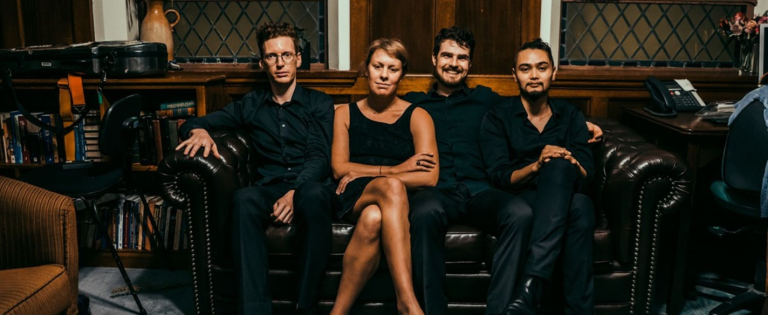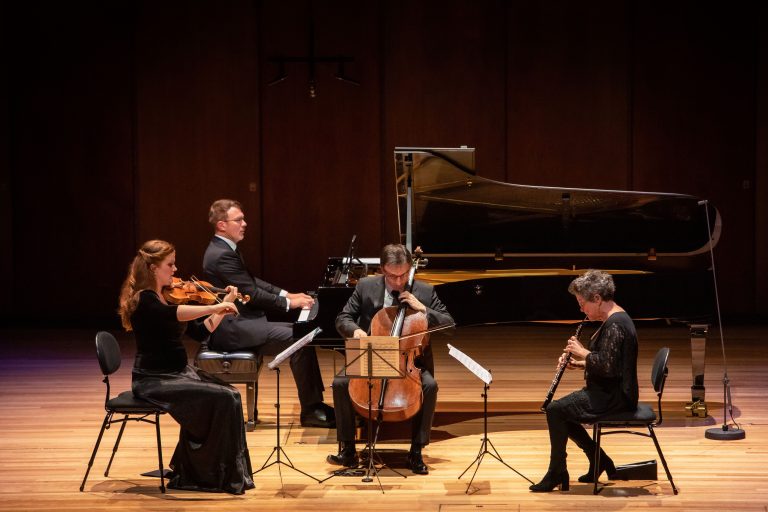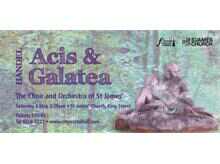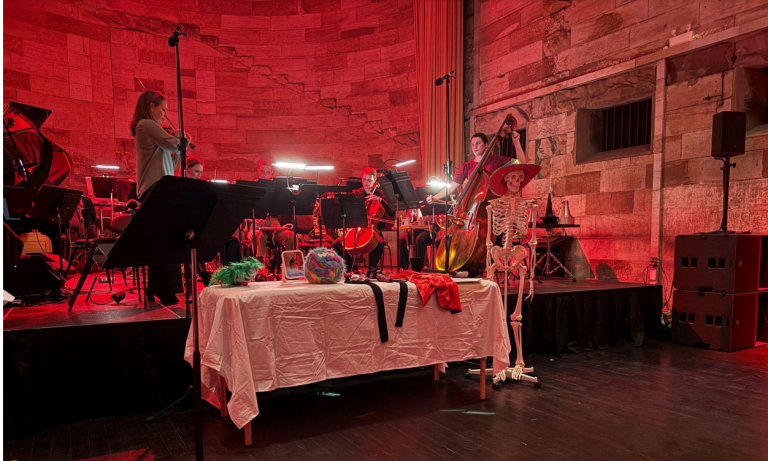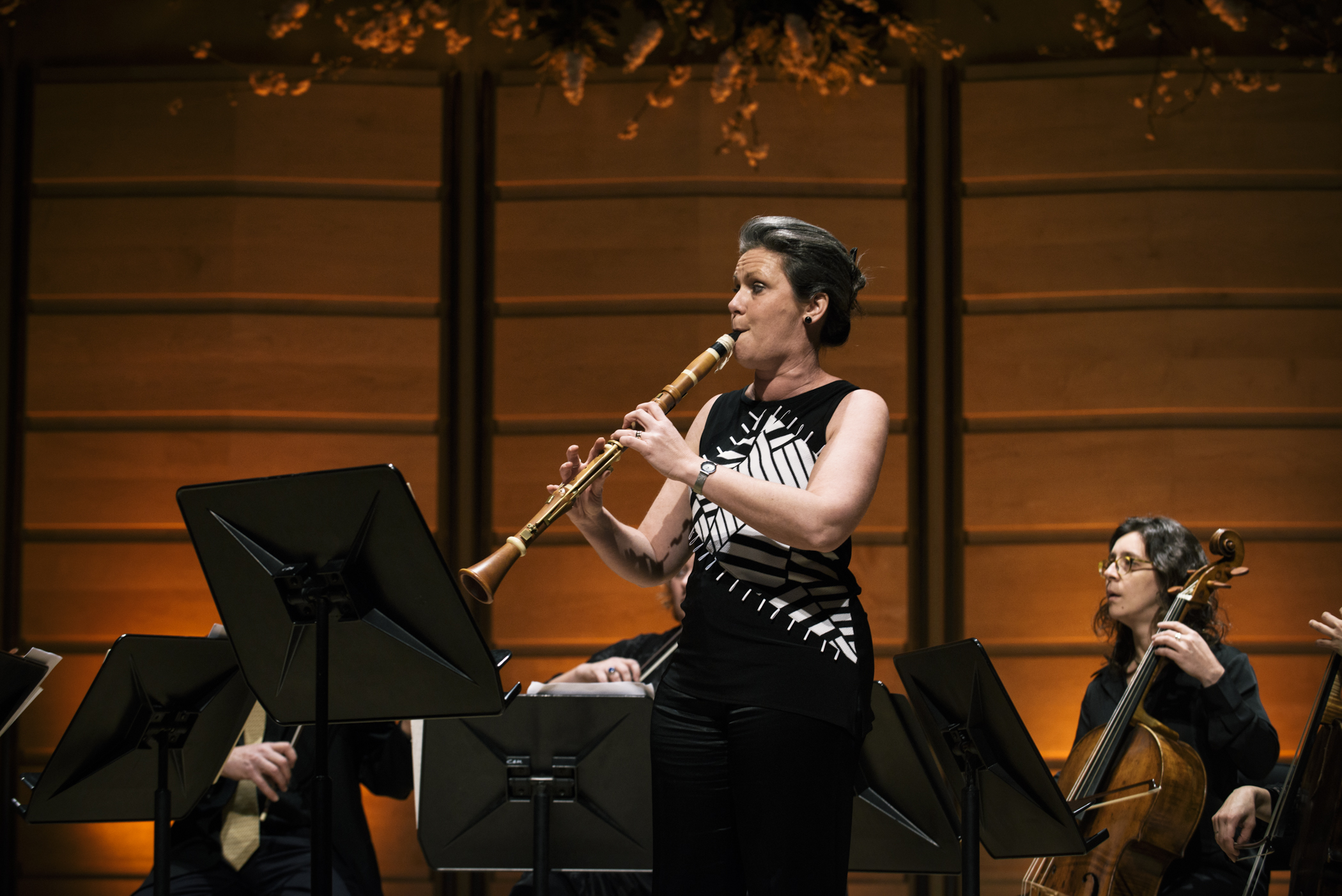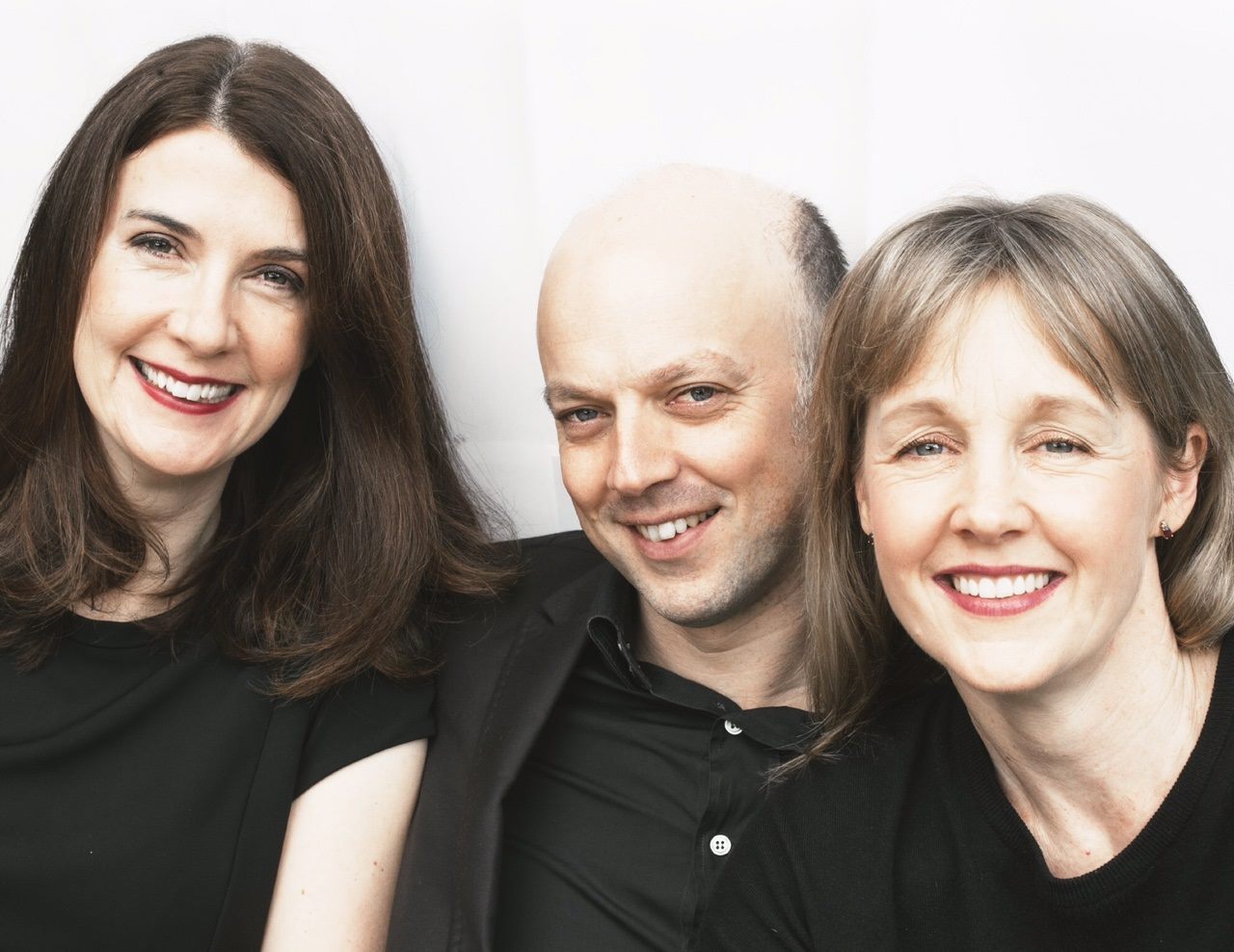Towering performances bring ‘Die tote Stadt’ to life

Die tote Stadt, opus 12 by Erich Wolfgang Korngold.
Opera in 3 acts with to a libretto by Paul Schott (Julius and E. W. Korngold) after Georges Rodenbach’s novel Bruges la morte.
Opera Australia, Sydney Opera House June 30th 2012
It is a fortuitous collision of talent to have an opera composed by a prolific writer of cinematic music, directed by an Oscar nominated film director. Ultimately, though, the art form is ‘opera’, and it was the towering and brilliant performances from German Heldentenor Stefan Vinke and soprano Cheryl Barker that were the mainstay of Opera Australia’s present production of Die tote Stadt by Erich Wolfgang Korngold.
The relentless vocal demands on the two main characters of Paul (sung by Vinke) and Marie/Mariette (sung by Barker) tested their stamina and range to the extreme. Yet they delivered a drama that was totally engrossing on Paul’s journey to hell and back driven by power-house singing.
Korngold’s opera, infused with Freudian themes, premiered simultaneously in Hamburg and Cologne in December 1920. It’s based on George Rodenbach’s novel Bruges la Morte, which Rodenbach adapted to a play La Mirage. The libretto was written by Korngold and his father Julius under the nom de plume Paul Schott. The Cologne premiere was conducted by Otto Klemperer and over the next decade the opera enjoyed great success with performances in Vienna, New York, Prague, Zürich, Antwerp, Berlin, Budapest, and Amsterdam. Lotte Lehmann, Richard Tauber and Richard Mayr were amongst the performers.
The opera tells the tale of the grieving Paul, who has lost his beloved Marie. He has secluded himself in a shrine to her with a braid of her hair, and other memorabilia. The dutiful housekeeper Brigitte, performed in a welcome return to Sydney by mezzo-soprano Deborah Humble, and Paul’s friend Frank (Michael Honeyman) are Paul’s only links with reality. Paul meets a dancer, Mariette, from Lille who has come to perform in Bruges. He recognises her similarity to Marie and the two have an impassioned encounter which examines the gamut of human strengths and frailties from passion to abstinence, mourning to desire, jealousy to loyalty. Ultimately there is a face off between dreams and reality, the past and the future,
The vocal ensemble was greatly enriched by Jose Carbo as Fritz, Sharon Prero and Domenica Matthews, David Corcoran and Stephen Smith. Carbo’s aria Mein Sehnen, mein Wähnen (Pierrot’s Tanzleid) is considered one of the most difficult in the baritone repertoire. It underscores the narrative of yearning and obsession and a lost love with whom Pierrot can only connect in dreams. Carbo’s rendition was controlled and elegant, sensitive without being sentimental.
Director Bruce Beresford added his quintessentially cinematic touch using projected images to augment the mood and add to the narrative. The holy procession that arrives exacerbating Paul’s yearning for the exotic Mariette and his loyalty to the dead Marie becomes a nightmare with larger than life faces and icons dominating the scene and a close encounter with the inferno of hell; rising and falling roses, represent the sub-conscious as it either emerges or is repressed while Paul faces his demons.
The orchestration is lush. It is pure Korngold. Without detracting from the musical writing, Korngold is the product of his time, (see timeline), and moments of Puccini, Mahler and R Strauss come to mind. Visually, there are images reminiscent of Tosca, Suor Angelia and Cavelleria Rusticana.
Timeline:
Year of birth: 1858 1860 1863 1864 1897
Puccini Mahler Mascagni R Strauss Korngold
Korngold was considered a fine orchestrator, and the luxurious 86 member orchestra, conducted by Christian Badea, requires triple woodwind, bass trumpet, two harps, celesta and piano, harmonium, pipe organ and bells. Too big for the pit of the Opera Theatre, it was accommodated in the adjacent Studio of the Opera House with the sound and vision piped into the main venue. A first for the company and the venue.
Of historical importance is the fact the story with its many layers captures the zeitgest. Premiering after the end of the first World War, Die tote Stadt represented a renewal of life and hope. Consider also, that Sigmund Freud’s Interpretation of Dreams was first published in 1899, seven years after the publication of Bruges la Morte (1892). It was a time when the populace was preoccupied and possibly intimidated by the rising awareness of the sub-conscious and its power. It was the dawn of psychoanalysis in Vienna. What better way to understand the sub-conscious that through the medium of opera – a medium with which the Viennese were extremely at ease.
This is a fascinating opera and a must see production with outstanding performances.
Die tote Stadt is at the Opera Theatre of the Sydney Opera House on selected evenings from June 30th, 2012 till the 18th July, 2012.
Shamistha de Soysa for SoundsLikeSydney July 2012.©
The Sydney Morning Herald reviews:
…and from The Australian:

